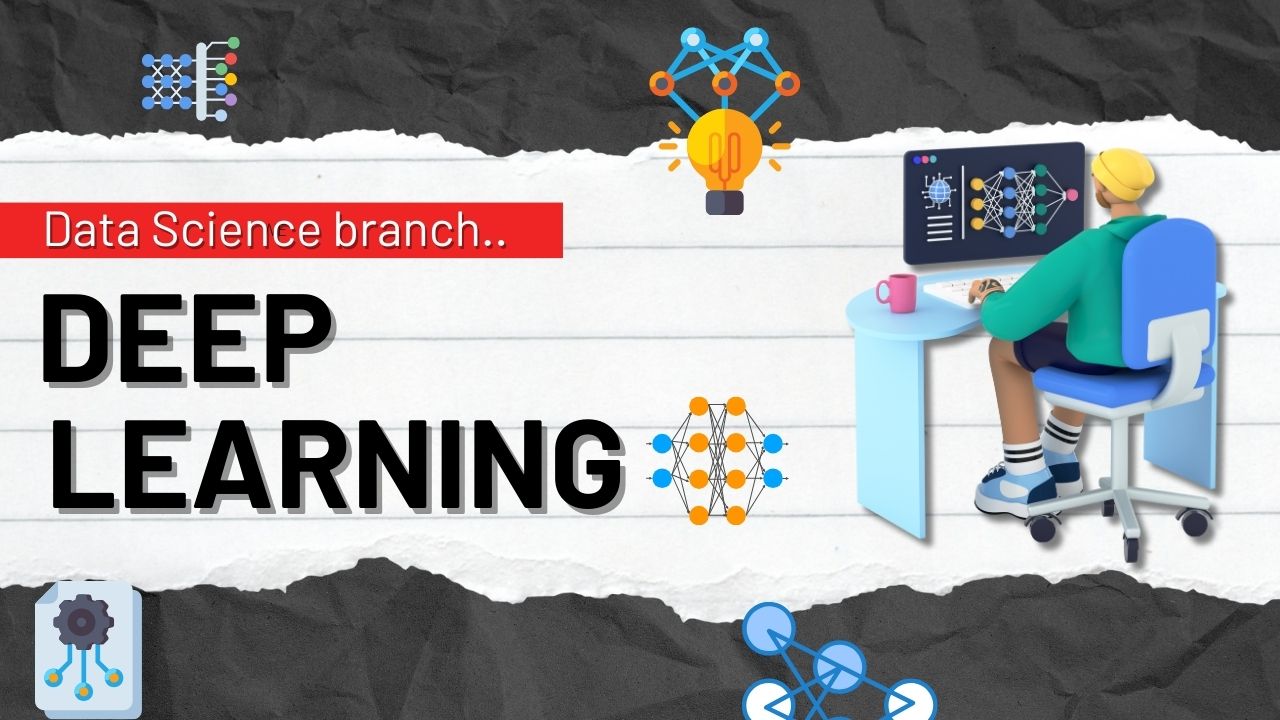Unlocking the Secrets of the Artificial Brain

Imagine a computer program that can learn like a human brain, recognizing patterns and making complex decisions based on experience. That's the magic of Deep Learning, a cutting-edge subfield of Artificial Intelligence (AI) revolutionizing various industries. But how does it work, and why is it causing such a buzz?
The Inspiration: The Human Brain
Deep Learning takes inspiration from the structure and function of the human brain. Our brains consist of billions of interconnected neurons, constantly firing and forming connections based on the information we receive. Deep Learning models mimic this structure with artificial neural networks (ANNs).
Think of ANNs as a Stack of Learning Blocks
An ANN is a series of interconnected layers, each containing artificial neurons. These neurons process information, sending signals to the next layer, just like their biological counterparts. The cool part? Deep Learning uses multiple layers, often stacked like a pyramid – hence the term "deep."
Learning Through Experience: Training the Deep Learning Beast
Deep learning models don't come pre-programmed with knowledge. They learn through a process called training. Here's how it goes:
Data, Data Everywhere: Deep learning models require massive amounts of data to identify patterns and correlations. This data can be images, text, audio, or even sensor readings, depending on the task.
Feeding the Beast: The data is fed into the ANN layer by layer. Each layer performs calculations and adjustments based on the data, gradually extracting meaningful features.
The Art of Backpropagation: Imagine a teacher correcting student mistakes. Deep learning uses a technique called backpropagation. It compares the model's output to the desired outcome and adjusts the connections between neurons in the network to minimize errors. The model learns from its mistakes and gets better at recognizing patterns with every iteration.
The Power of Deep Learning: Real-World Applications
Deep Learning's ability to learn and adapt makes it a game-changer across various fields:
Image Recognition: Deep learning algorithms power facial recognition software, self-driving car technology, and even medical imaging analysis. By analyzing vast amounts of images, they can identify objects, faces, and patterns with exceptional accuracy.
Natural Language Processing (NLP): Ever used voice assistants like Siri or Alexa? Deep learning is the brain behind them. It allows computers to understand the nuances of human language, enabling tasks like machine translation, sentiment analysis, and chatbot development.
Personalized Recommendations: Those spooky recommendations on your favorite streaming platform? Thanks, deep learning! By analyzing your past viewing habits and preferences, recommendation systems suggest content you might enjoy.
Fraud Detection: Deep learning models can analyze financial transactions and identify patterns that might indicate fraudulent activity. This helps banks and financial institutions prevent fraud and protect your hard-earned money.
Is Deep Learning All Sunshine and Rainbows?
While Deep Learning holds immense potential, there are challenges to consider:
Data Dependency: Deep learning models require immense datasets to train effectively. This can be a barrier for smaller companies or applications where data is limited.
Computational Power: Training deep learning models can be computationally expensive, requiring powerful hardware and resources.
Explainability: Sometimes, it's difficult to understand how a deep learning model arrives at its decision. This can be problematic in situations requiring transparency and accountability.
The Future of Deep Learning: A Journey of Continuous Learning
Despite the challenges, Deep Learning is still evolving rapidly. Researchers are constantly working on making models more efficient, interpretable, and accessible. As technology and data availability increase, we can expect deep learning to play an even greater role in shaping our future.
Ready to Dive Deeper?
Deep Learning opens doors to a world of possibilities. Whether you're a curious learner or an aspiring AI professional, there are resources available to help you get started. Take online courses, explore open-source frameworks, and join the vibrant Deep Learning community. Remember, the journey of learning is continuous, just like the evolution of Deep Learning itself. So, keep exploring, and embrace the power of the artificial brain!

